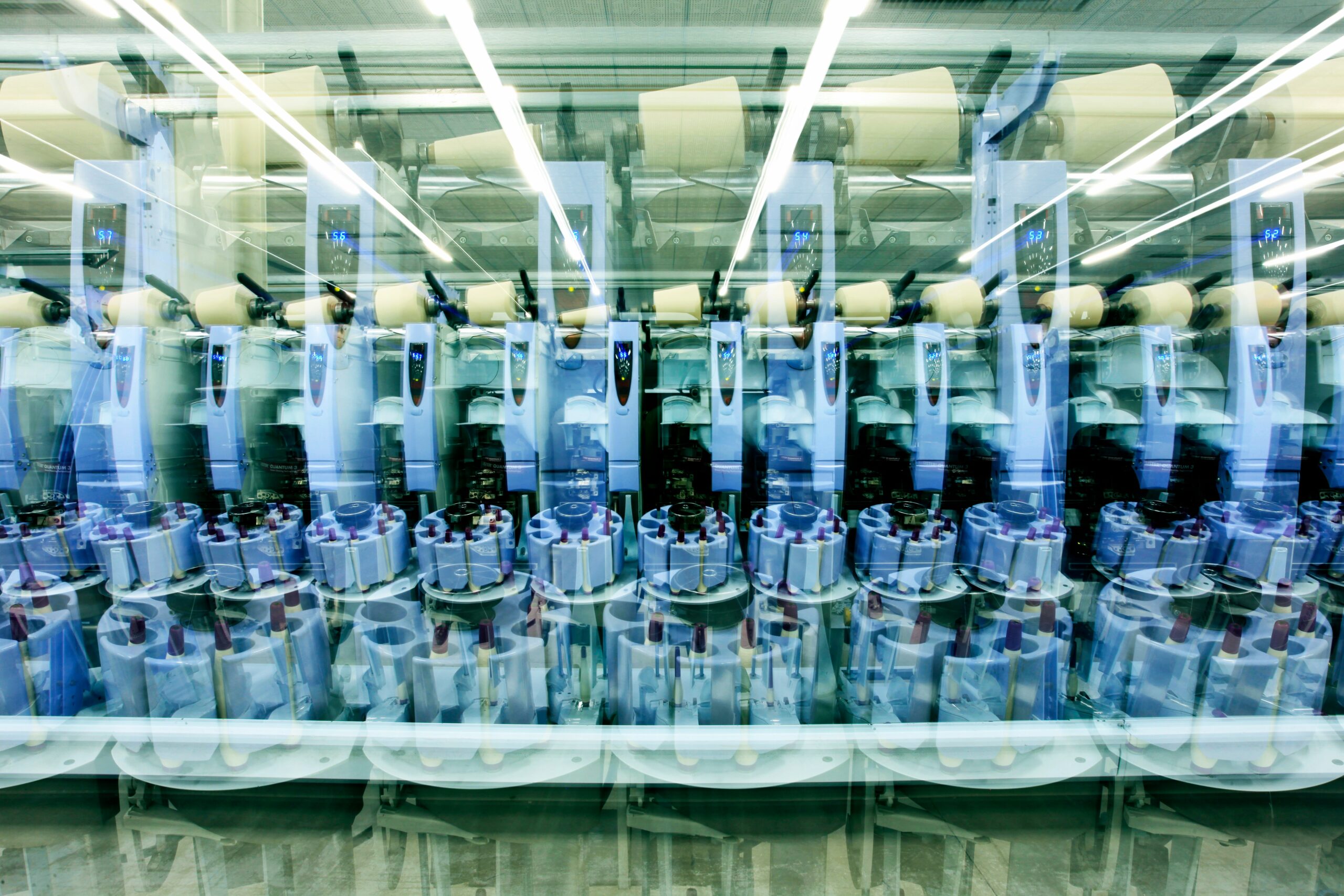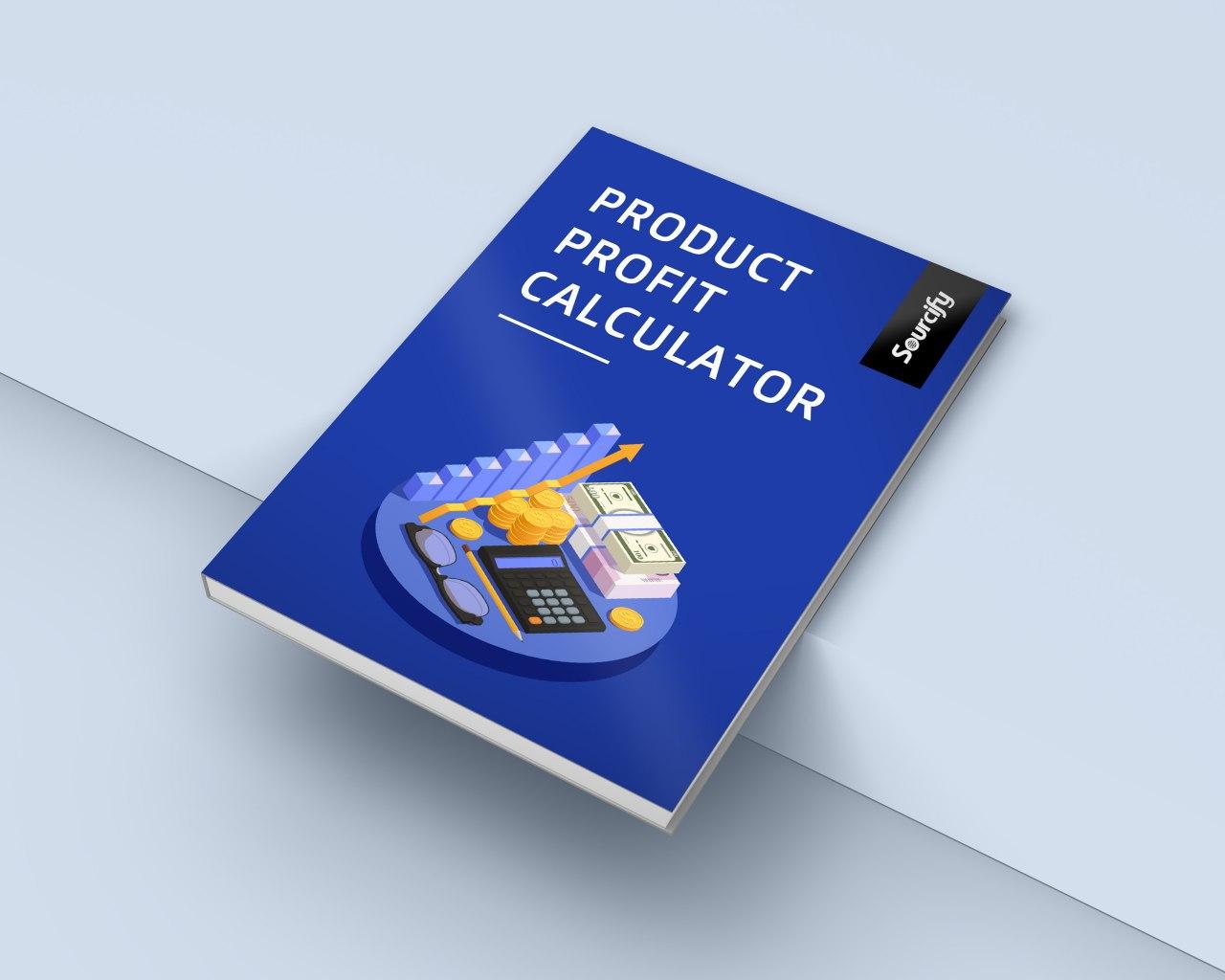Global sourcing is being redrawn in real time.
Factories are moving. Trade policies are tightening. And what used to be a stable, predictable supply chain now looks more like a moving target.
To stay ahead, brands need more than intuition — they need a clear risk map.
Here’s what 2025’s sourcing landscape really looks like: where opportunity is growing, where pressure is building, and how smart brands are adapting before the next disruption hits.
The Three Forces Redrawing the Map
Every regional shift we’ve seen in 2025 stems from some combination of three forces:
- Cost Volatility — Labor, freight, and raw material costs have swung widely since the pandemic.
- Policy and Geopolitics — Tariffs, regional trade pacts, and diplomatic shifts have redefined who can ship where.
- Capacity Constraints — With more brands moving production at once, many “hot” regions are now hitting limits.
These forces aren’t temporary — they’re structural. And together, they’re creating a new kind of sourcing calculus: one that prioritizes balance over concentration.
The 2025 Regional Winners🇲🇽 Mexico: The Nearshore Power Play
If 2024 was the year of testing Mexico, 2025 is the year of scaling it.
Manufacturers are doubling down on proximity — shorter transit times, faster lead times, and reduced freight risk.
✅ Strengths:
- Excellent for assembly, packaging, and mid-tech goods
- Duty-free benefits under USMCA
- Increasing supplier sophistication in automotive, electronics, and apparel
⚠️ Watchouts:
- Labor cost creep in major industrial hubs
- Limited upstream materials (you may still source components from Asia)
- Logistics bottlenecks at the U.S. border
Sourcify’s Take:
Mexico isn’t the cheapest — but it’s one of the most stable. Use it for agility, not for volume.
🇻🇳 Vietnam: The Veteran Diversifier
Vietnam remains a top choice for brands seeking China alternatives, especially in apparel, furniture, and light manufacturing.
But it’s no longer the “hidden gem” it once was.
✅ Strengths:
- Strong production capacity for textiles, footwear, and consumer goods
- Competitive labor costs
- Strong trade agreements with both the U.S. and EU
⚠️ Watchouts:
- Capacity is stretched thin — especially during peak season
- Heavy dependence on China for components and materials
- Slower logistics infrastructure compared to more mature markets
Sourcify’s Take:
Vietnam is an essential piece of a “China Plus Three” plan — but don’t bet everything on it.
🇮🇳 India: The Scaling Giant
India’s long-term potential is finally translating into real traction.
Electronics, metalwork, furniture, and even packaging categories are expanding rapidly — supported by a massive workforce and government incentives.
✅ Strengths:
- Rapidly growing infrastructure and export capacity
- Increasing government incentives for manufacturing (PLI schemes)
- Expanding base for electronics and consumer goods
⚠️ Watchouts:
- Bureaucratic hurdles can slow onboarding
- Quality consistency varies widely by supplier
- Requires strong on-the-ground management or a local sourcing partner
Sourcify’s Take:
India is a long-term play — not a quick pivot. But for many categories, it’s the region to watch in 2025.
🇮🇩 Indonesia & 🇹🇭 Thailand: The Quiet Climbers
These Southeast Asian markets are absorbing the overflow from China and Vietnam — especially in plastics, furniture, and consumer electronics.
✅ Strengths:
- Lower saturation than Vietnam
- Improved trade ties and investment incentives
- Stable labor pools
⚠️ Watchouts:
- Smaller-scale factory ecosystems
- Varying levels of English proficiency and compliance standards
Sourcify’s Take:
Ideal for secondary diversification or as a backup node in a multi-region strategy.
🇧🇷 Latin America (Outside Mexico): The Next Horizon
Countries like Colombia, Costa Rica, and Brazil are getting early attention as brands seek proximity and political stability.
✅ Strengths:
- Nearshore advantage for North American markets
- Emerging clusters in apparel and packaging
- Strong local demand supports factory stability
⚠️ Watchouts:
- Limited export experience in many factories
- Tariff complexity between LATAM markets
- Infrastructure still developing
Sourcify’s Take:
Promising but early. Keep an eye on 2026–2027 for major growth.
Regions to Watch Carefully
- China: Still indispensable for advanced manufacturing — but facing rising wage pressure, IP sensitivity, and regulatory unpredictability.
- Europe & Turkey: Benefiting from nearshoring to the EU, but higher labor costs limit competitiveness.
- Bangladesh: A powerhouse in apparel but facing infrastructure and compliance concerns.
How to Use the 2025 Risk Map
Sourcing risk isn’t about avoiding regions — it’s about understanding where you stand.
Use this framework to evaluate your own setup:
- Concentration Risk: How dependent are you on one region?
- Lead Time Risk: How long could you fulfill orders if that region shuts down?
- Cost Volatility: How easily can you reprice or reallocate production?
- Compliance Risk: Are you ready for traceability and ESG audits across suppliers?
If you can’t answer these questions clearly, it’s time to reassess.
The Calm Strategy: Diversify With Purpose
In a volatile sourcing landscape, panic moves don’t help — planning does.
The brands thriving in 2025 are:
- Running regional pilots before big transitions.
- Building backup factory networks across 2–3 countries.
- Investing in digital sourcing visibility to compare performance in real time.
You don’t need to leave your core region — you just need to build options that let you adapt when the map shifts again.
Be Part of the Data That Defines the Map
The 2025 Sourcing Risk Map isn’t just a blog — it’s an ongoing data project powered by your insights.
👉 Take the 2-minute Sourcing Trends Survey to share what you’re seeing on the ground — and get early access to the full 2025 Sourcing Trends Report.
Your experience helps every brand source smarter.
Need help sourcing? Schedule a call.




